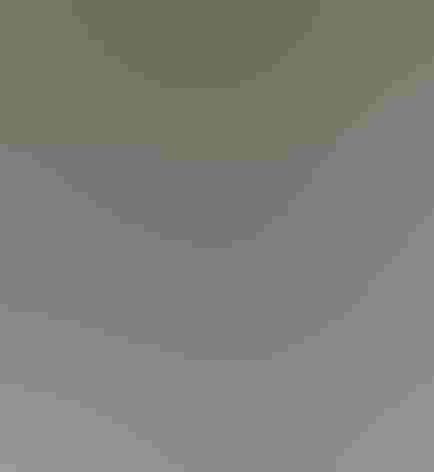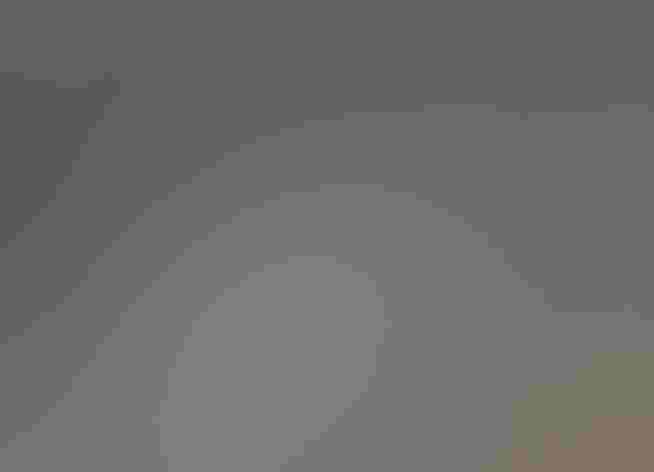Dovekie
At a Glance
The smallest member of the auk family in the North Atlantic. Feeds on abundant tiny crustaceans in icy waters, and nests by the millions far above Arctic Circle, such as northwest Greenland; its center of abundance is farther north than that of any other auk. Small numbers come as far south as New England waters in winter, rarely farther, but the vast majority remain farther north. On the water, Dovekies bob about buoyantly; flocks fly low over the waves. Winter storms sometimes drive them close to the coast or even inland.
All bird guide text and rangemaps adapted from Lives of North American Birds by Kenn Kaufman© 1996, used by permission of Houghton Mifflin Harcourt Publishing Company. All rights reserved.
Category
Auks, Murres, Puffins, Upright-perching Water Birds
IUCN Status
Least Concern
Habitat
Coasts and Shorelines, Open Ocean
Region
Alaska and The North, Eastern Canada, Florida, Mid Atlantic, New England, Southeast
Behavior
Direct Flight, Rapid Wingbeats, Swimming
Population
17.000.000
Range & Identification
Migration & Range Maps
Many remain in winter as far north as open water permits, around leads in pack ice north of Arctic Circle; southernmost big concentrations in winter are on Grand Banks of Newfoundland. Smaller numbers irregularly come south to waters off New England, small invasions rarely reaching Florida. Major winter storms sometimes drive numbers inland in northeast.
Description
8" (20 cm). Much smaller than other eastern auks, with tiny, stubby bill. In breeding plumage, shows sharp cutoff between black and white on chest. In winter, white from throat and chest curves up behind black on face.
Size
About the size of a Robin, About the size of a Sparrow
Color
Black, White
Wing Shape
Pointed, Swept, Tapered
Tail Shape
Short
Songs and Calls
Squeaking notes.
Call Pattern
Flat, Undulating
Call Type
Raucous, Trill
Habitat
Oceanic; offshore to pelagic. Usually in cold Arctic waters, often around edges of pack ice; may rest on ice. Even when moving farther south in winter, favors cold waters, avoiding warm currents. Often very far from land over deep water. Nests on northern coasts and islands on deeply fissured cliffs, talus slopes, boulder piles.
Sign up for Audubon's newsletter to learn more about birds like the Dovekie
Behavior
Eggs
One. Pale blue-green, sometimes with buff and brown spots. Incubation is by both sexes, 28-31 days.
Young
Both parents feed nestling, bringing back food in throat pouch; young is brooded continuously for first 2-4 days after hatching. Young leaves nest 23-30 days after hatching, usually departing in evening or at night, flying out to sea, alone or accompanied by adults.
Feeding Behavior
Forages by diving and swimming underwater, evidently using both wings and feet. Does most foraging just below surface.
Diet
Small crustaceans. Feeds almost entirely on small crustaceans, mainly very small species that occur in swarms near surface in cold waters, including calanoid copepods, mysids, amphipods, euphausiids, others. Also eats small numbers of fish, mollusks, marine worms, plus bits of algae.
Nesting
Breeds in colonies; northernmost colonies may be very large. On arrival at colony in spring, flocks may circle over site for hours, giving trilled calls. Members of pair display by bowing rapidly and repeatedly, wagging head from side to side, touching bills. Nest site is well hidden among rocks or in crevice in cliff; same pair may use site in subsequent years. Nest is thin layer of pebbles, sometimes with bits of grass or lichen.
Conservation
Conservation Status
Total population undoubtedly in millions, but hard to census and trends would be difficult to detect. Natives in Greenland and elsewhere harvest many for food, but this likely to have no impact on total population. Would be vulnerable to oil spills or other pollution in northern waters.
Climate Threats Facing the Dovekie
Choose a temperature scenario below to see which threats will affect this species as warming increases. The same climate change-driven threats that put birds at risk will affect other wildlife and people, too.







